I wrote this article in Japanese and translated it into English using ChatGPT. I also used ChatGPT to create the English article title. I did my best to correct any translation mistakes, but please let me know if you find any errors. By the way, I did not use ChatGPT when writing the Japanese article. The entire article was written from scratch by me, Saikawa Goto.
Introduction
Movies and books covered in this article
Three takeaways from this article
- “Falling Soldier,” which made Robert Capa a household name when he was unknown, is a career film in which he is said to have shot the moment of the shooting.
- If it’s real, can he capture the moment of the shooting at the right moment? If it’s a fake, can the soldier fall down so beautifully?
- Sawaki Kotaro found and proved a more essential “question,” not “Did he photograph the moment of the shooting?”
Self-introduction article


Published Kindle books(Free on Kindle Unlimited)
“The genius Einstein: An easy-to-understand book about interesting science advances that is not too simple based on his life and discoveries: Theory of Relativity, Cosmology and Quantum Theory”
“Why is “lack of imagination” called “communication skills”?: Japanese-specific”negative” communication”
The quotes in the article were translated using ChatGPT from Japanese books, and are not direct quotes from the foreign language original books, even if they exist.
Sawaki Kotaro Delves into the Mystery Surrounding the World’s Most Famous War Photograph “Falling Soldier”
About “Falling Soldier”
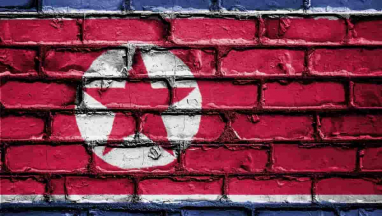
This book begins with the sentence “Here is a photograph.” The photograph in question is “Falling Soldier,” considered to be the most famous war photograph in the world, taken by Robert Capa, who left behind numerous masterpieces as a war photographer.
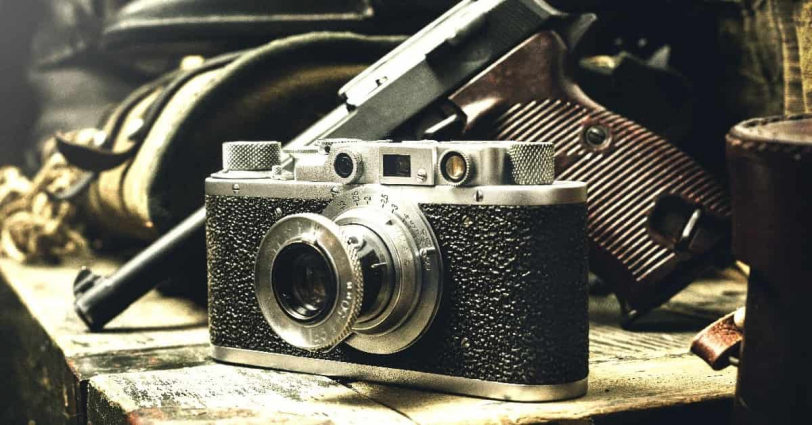
The author writes the following about this work:
It is one of the most famous photographs since the invention of the camera. Among them, in the genre of photojournalism, which developed after photography became a major means of reporting, no photograph seems to have been printed more repeatedly than this one.
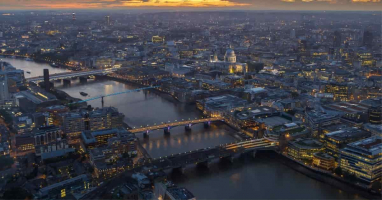
First, I must say that I cannot reprint the actual picture directly on this blog due to copyright issues, so please search for “Falling Soldier” to see the real photograph. You should be able to find it soon.
Now, let’s talk about the situation in which the photo was taken and the “doubts” that surround it.
This photo was taken during the Spanish Civil War. It has long been thought to be a photograph capturing the exact moment when a Republican soldier was hit by bullets from the enemy rebels and fell down.
When you see the actual photo, it will likely appear to be such a scene. The title “Falling Soldier” also reinforces that impression. This photograph is a very well-known work, which catapulted the then-unknown Robert Capa to fame.

However, if you think calmly, you may wonder, “Could he really take a picture of the moment a soldier is shot?” There have always been people who think the same way.
If this soldier was indeed just after being hit by a bullet, Capa should have had turned its back on its enemies. But is it really possible to capture the moment of being shot at the right timing? Of course, there was no rapid-fire function at that time, and he had to wind up the film one by one after taking a picture. In other words, there was no choice but to aim for the perfect moment.
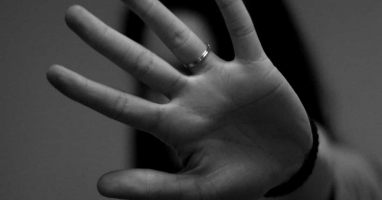
Of course, it’s not that it’s not possible that this photo was just taken at a very lucky moment. If Capa claims so, the debate should end. However, the authenticity of this photo has been questioned for a long time.
Why? Capa was only 22 years old when he took it, so he must have had plenty of opportunities to talk about it afterwards. If Capa had explained when, where, and how he took the photo, even if his testimony was false, it could have been verified.
However, Capa did not explain much about this photo during his lifetime. Those who try to solve the mystery of this photo are surprised by the scarcity of records of Capa’s own comments about it.

If so, it’s natural to suspect that there might be something suspicious or something to hide.
For this reason, the authenticity issue of “Falling Soldier”, whether it’s really a photo of the moment when he was shot, has remained an unsolved problem for a long time.
It was such mystery that non-fiction writer Sawaki Kotaro, known for works such as “Midnight Express” and “The Undefeated,” will take on.
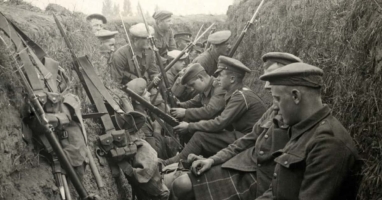
The Trigger for Sawaki Kotaro’s Challenge to the Mystery of “Falling Soldier”
Sawaki Kotaro, of course, knew about the existence of the photograph “Falling Soldier” before. However, he didn’t initially have any doubts about the photo. So, how did he end up facing this mystery?
It is written in this book as follows.

I had no doubts about the authenticity of “Falling Soldier” until I came across Richard Whelan’s “Robert Capa.” However, in the process of translating “Robert Capa,” a small question arose, and it soon became a big one.

Surprisingly, these small doubts arose more than 20 years before writing this book. Since then, Sawaki Kotaro has occasionally brought up this doubt in his consciousness.
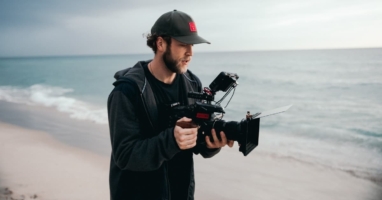
The mystery surrounding the “Falling Soldier” was already being discussed when Capa was still alive. If some kind of conclusion had been reached, it wouldn’t be surprising to hear about it. However, there was no such news. Capa himself didn’t talk about this photo, so even reading his biography or looking at his other photos wouldn’t reveal the truth.
Occasionally, the media has reported on developments in the authenticity of the “Falling Soldier” photo. For example, the location where the photo was taken or the identity of the person in the photo has been determined. Every time he has heard such information, he thought about going on a local investigation, but he couldn’t make it happen because of his busy schedule. Thus, this small thorn has remained inside him for a long time.
After living with this mystery for over 20 years and with no resolution in sight, he decided to confront this mystery.
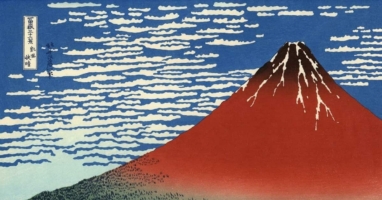
The author is organizing his thoughts before tackling the mystery of “Falling Soldier”. It can be summarized concisely as follows:
Even if it were “real,” would it be possible to capture the moment when he was shot so spectacularly? At the same time, if it were a “fake,” would it be possible for him to fall down so spectacularly?
The question isn’t just whether the soldier in the photo was actually shot. This is because if the photo contains some kind of lie or fake, then he need to resolve the question of whether it’s possible to fall so convincingly as to make it seem like it was the moment of being shot.
This is the starting point for the author’s attempt to solve the mystery.

About the Structure and Development of This Book
In this article, it goes without saying that I won’t touch on the conclusions presented in this book. I highly recommend reading it.
Let’s touch on how Sawaki Kotaro’s “mystery-solving” unfolds and how this book is structured.
First of all, at the beginning, basic information about a photographer named Robert Capa and his photograph “Falling Soldier” is summarized. To briefly summarize the key points, they are as follows:
- Basic information about the photographer Robert Capa
- Relationship with Gerda Taro, a woman who ran through battlefields with Capa
- Basic information and evaluation of “Falling Soldier”
- What was publicly known about the authenticity of “Falling Soldier”
These are compactly summarized at the beginning, and you can learn about “various facts that Sawaki Kotaro understood at the start of the investigation.”

From there, Sawaki Kotaro’s investigation begins. Reports are made on what investigations were conducted, what was discovered as a result, and how the investigation progressed further.
However, this investigation is more difficult than anticipated because “interviewing the individuals involved is almost impossible.”
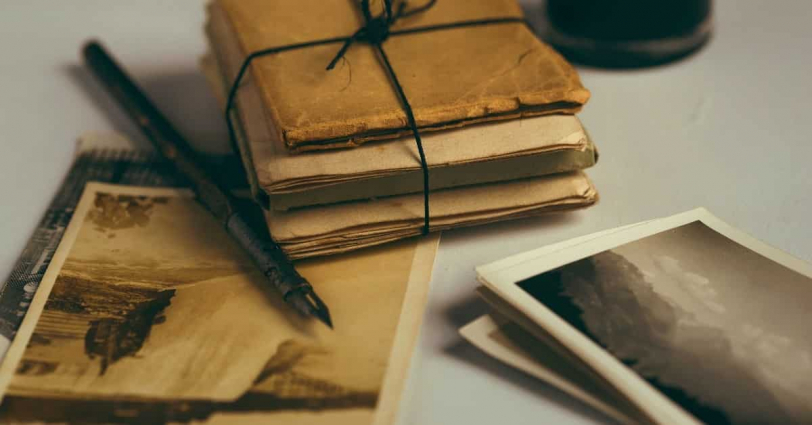

No one who knows the circumstances at the time this photo was taken, including Capa, is alive anymore. The photo of the “Falling Soldier” was taken in 1936, over 80 years ago. Furthermore, many of the people who were enthusiastic about the authenticity of the “Falling Soldier” are also no longer alive. In other words, it is impossible to conduct an interview with a living person to obtain previously unknown information.
Sawaki Kotaro can only use “countless photos left by Capa” and “biographies and interviews about Capa” for his investigation. Also, he visits places that are estimated to be where the photos were taken, to see if he can find anything from local investigations. Naturally, I don’t think he can learn much from a photo that has been exposed to countless people for over 80 years, or from other photos taken by Capa, or from biographies and interviews about Capa that rarely mention the “Falling Soldier.”
However, as you will see in this book, Sawaki Kotaro conducts his investigation with incredible persistence and takes readers to unexpected horizons.
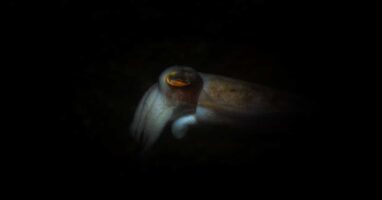
The Tenacity of Sawaki Kotaro’s Investigation
I wrote a while ago that the issue of authenticity regarding “Falling Soldier” has been discussed so far, but the research summarized at the beginning of this book seems to me to be “just speculation upon speculation” to a layman like even myself.
Nevertheless, it is only natural. Capa, who knows the circumstances best, does not talk about the photograph, and there is little information that can be obtained from just one picture. It is almost impossible to prove something clearly with physical evidence, and there are parts where it is inevitable that “solving the mystery” can only be done by speculation and inference.
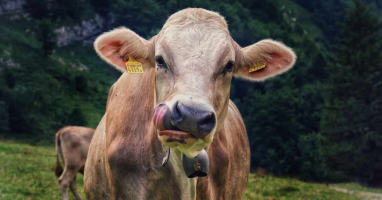
On the other hand, Sawaki Kotaro insisted on “increasing the accuracy of his speculations as much as possible.” Since the available materials were too limited, there were parts where he had no choice but to rely on “weak speculations.” However, the author aimed to “reveal the facts through objective evidence as much as possible.”
He thoroughly investigated not only photos directly related to “Falling Soldier” but also photos and books that seem to have no direct relationship. He then came up with an idea that no one else has noticed after a long period of contemplation. He tested the possibility of his idea being a fact multiple times and came to an incredible conclusion that, although he couldn’t obtain 100% certainty, “objectively and logically, there was no other explanation.”

It’s a really surprising conclusion. Sawaki Kotaro found out that maybe people all over the world had been asking the wrong question all along.
Of course, the question “Is this a photo of a soldier who was shot?” is still important, but through various investigations, Sawaki Kotaro realized that there may be an even more important question to ask. And by conducting research to answer that question, he was also able to arrive at his own conclusion about the original question.
There’s a photo that sparked an idea for Sawaki Kotaro, and it’s a different one published in Regards. The author constantly looked at all the photos Capa left behind, but it’s this photo that leads to a hypothesis.
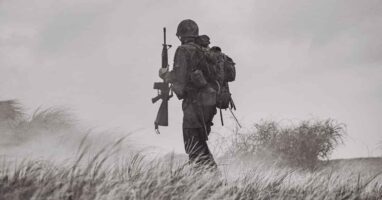
By reading this book to the end, you can convince the hypothesis that Sawaki Kotaro came up with at the time. However, when he arrived at this hypothesis from the photograph, I thought, “There is no way that could be true.” Although it might look that way if we wanted to see it that way, the hypothesis seemed too self-serving for me.
However, the author thoroughly examined the hypothesis he came up with and went as far as to reach a fairly confident conclusion that it may have been true. Despite the lack of evidence, he observed the photograph meticulously and arrived at a “hypothesis that no one else has thought of”, and investigated it almost to the point of proof. This work is full of thrilling moments as if it were solving a mystery in a mystery novel set in reality.
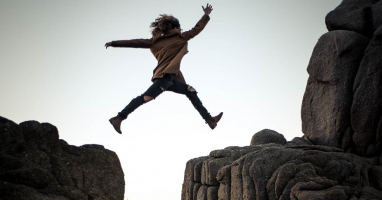
Conclusion
In the afterword, Sawaki Kotaro wrote like this:
Perhaps those who read this book will understand, but what I was trying to do, what I wanted to do, was not something like stripping Capa of its false image.
I just wanted to know the truth. Was ‘Falling Soldier’ really shot? Did he really die? I never thought that it would give rise to a bigger, different mystery.
Now that one of the mysteries surrounding “Falling Soldier” has been answered, my affection for Capa has not changed. Perhaps because the impression of Capa that I receive from biographical facts seems somewhat similar to myself.

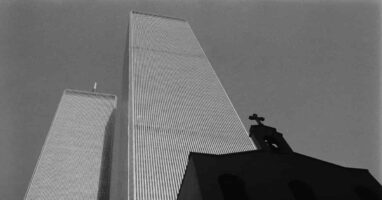
Certainly, the author’s stance is not to expose Capa’s lies, but rather to be driven purely by the desire to know the truth, as you can understand.
Perhaps his such stance would have been understood. There is also this sentence in this book:
All the Capa photos featured here have been borrowed from Magnum. At that time, Magnum’s Japanese branch requested that a statement be included saying, “Magnum does not necessarily endorse the contents of Mr. Sawaki’s book.” I responded, “Gladly.”
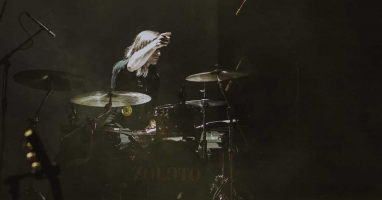
“Magnum” is an organization founded by four photographers, including Robert Capa, to protect the rights of photographers. Of course, if it was judged that Sawaki Kotaro was trying to discredit Capa’s reputation, he would not have been able to borrow photos from “Magnum”.
It’s amazing to see how Sawaki Kotaro shed a completely different light on the long-standing mystery and changed the meaning of the “truth or fake issue” with his obsession. It’s a thrilling work that will excite us with a novel-like development.

Published Kindle books(Free on Kindle Unlimited)
“The genius Einstein: An easy-to-understand book about interesting science advances that is not too simple based on his life and discoveries: Theory of Relativity, Cosmology and Quantum Theory”
“Why is “lack of imagination” called “communication skills”?: Japanese-specific”negative” communication”

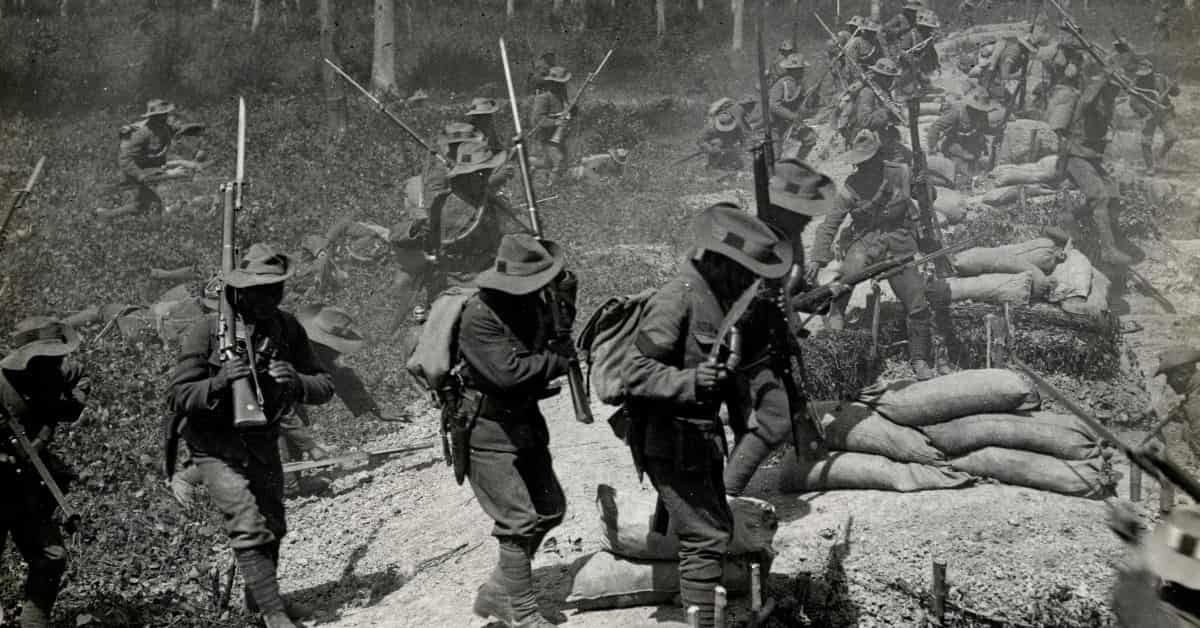






コメント